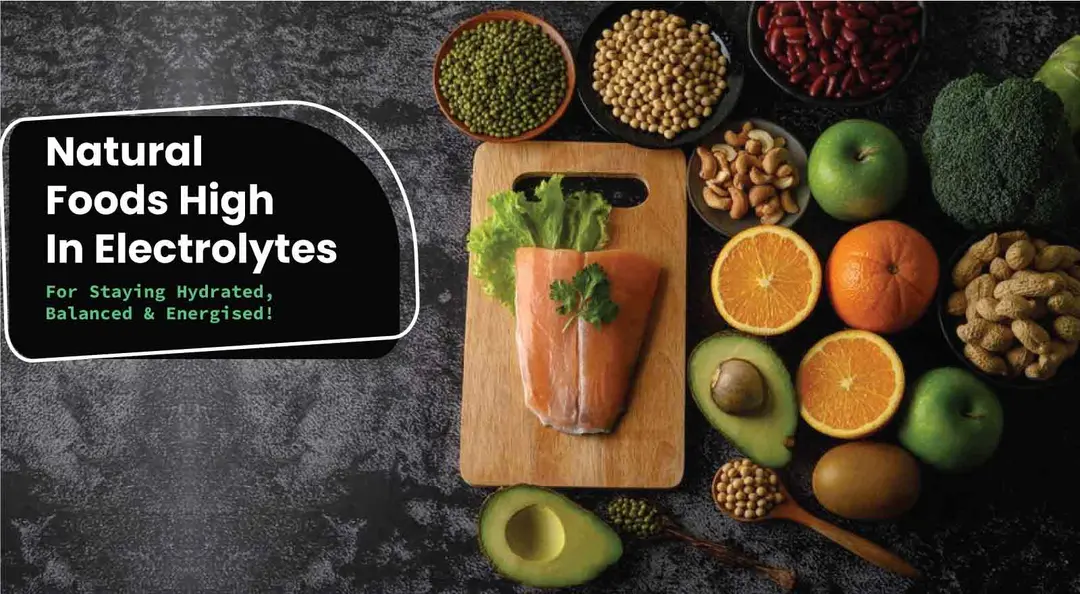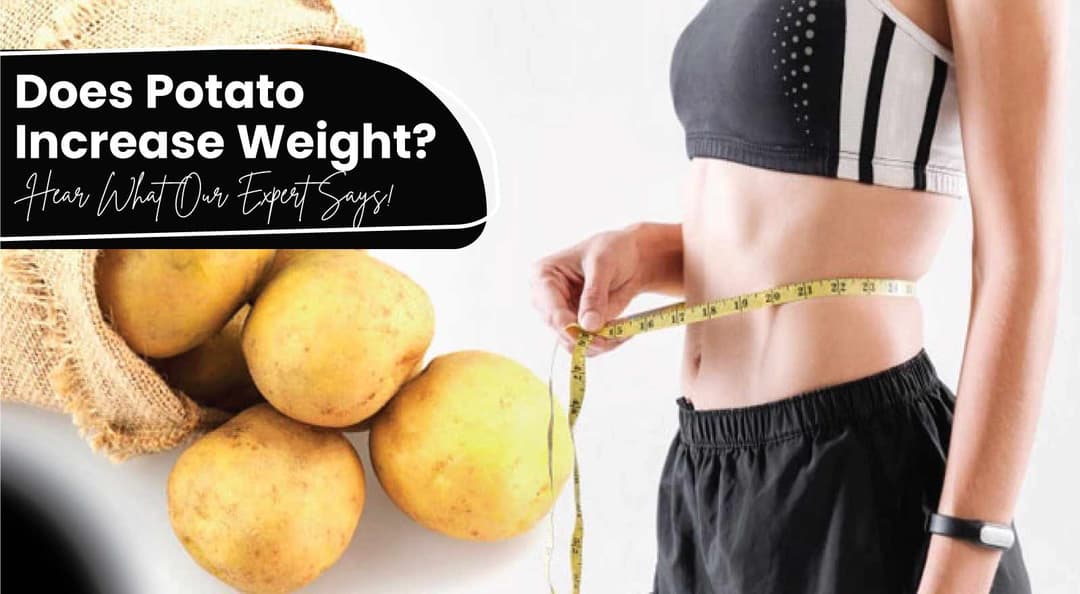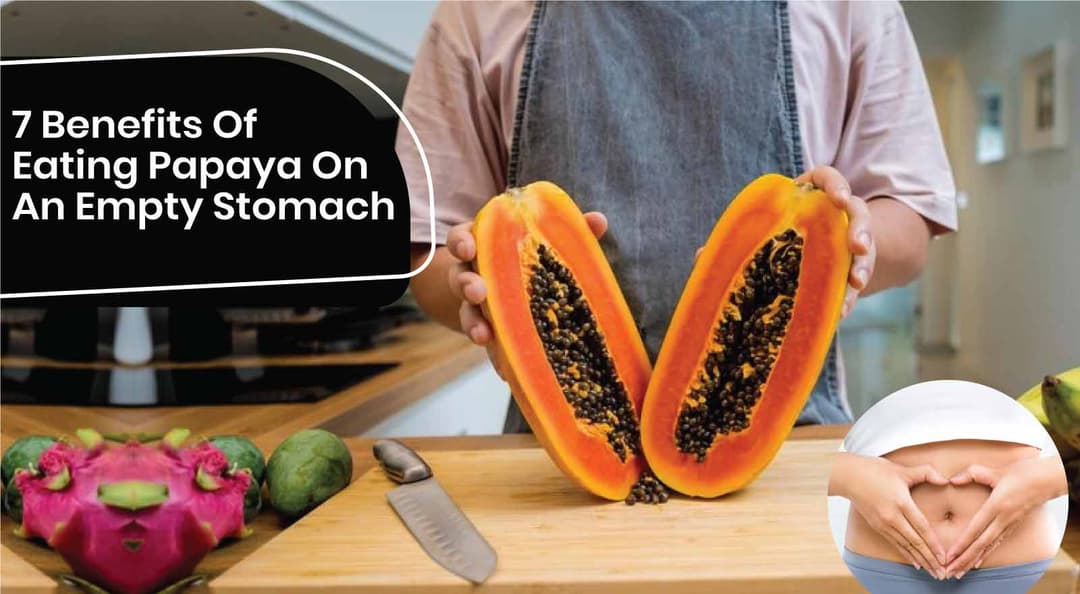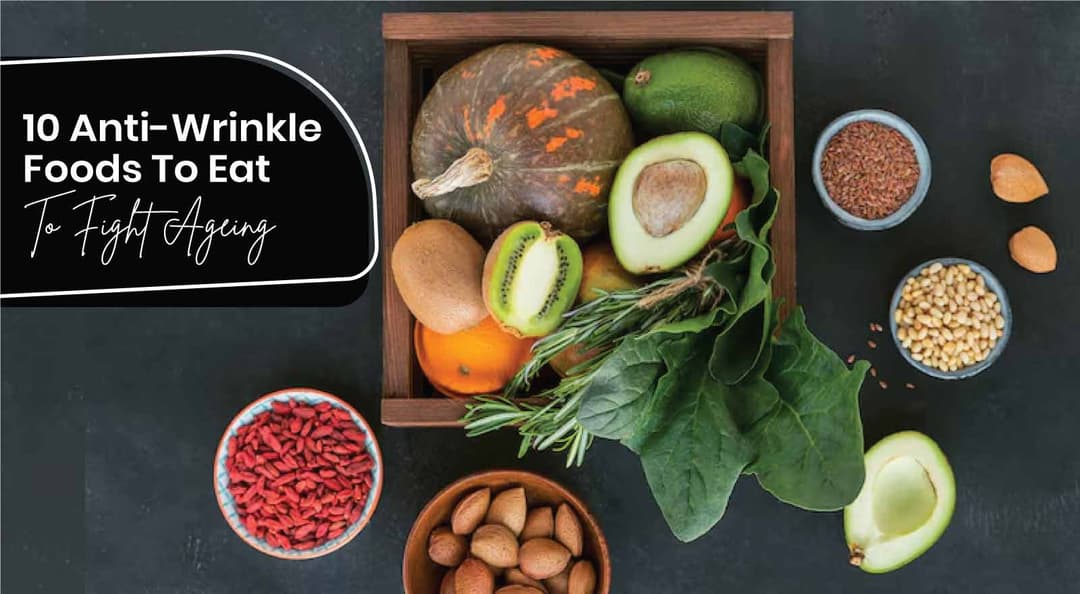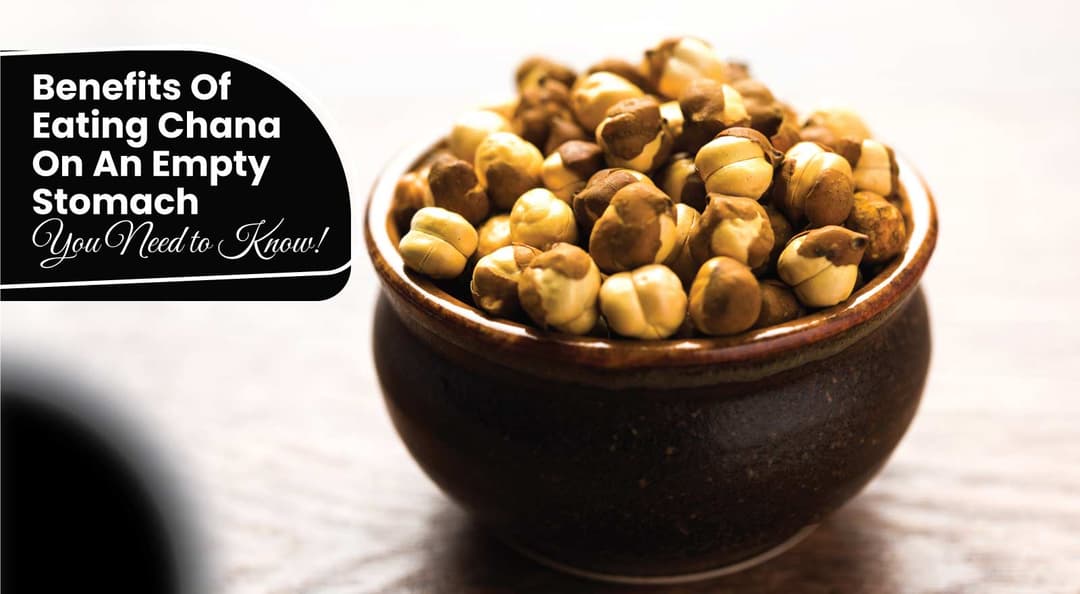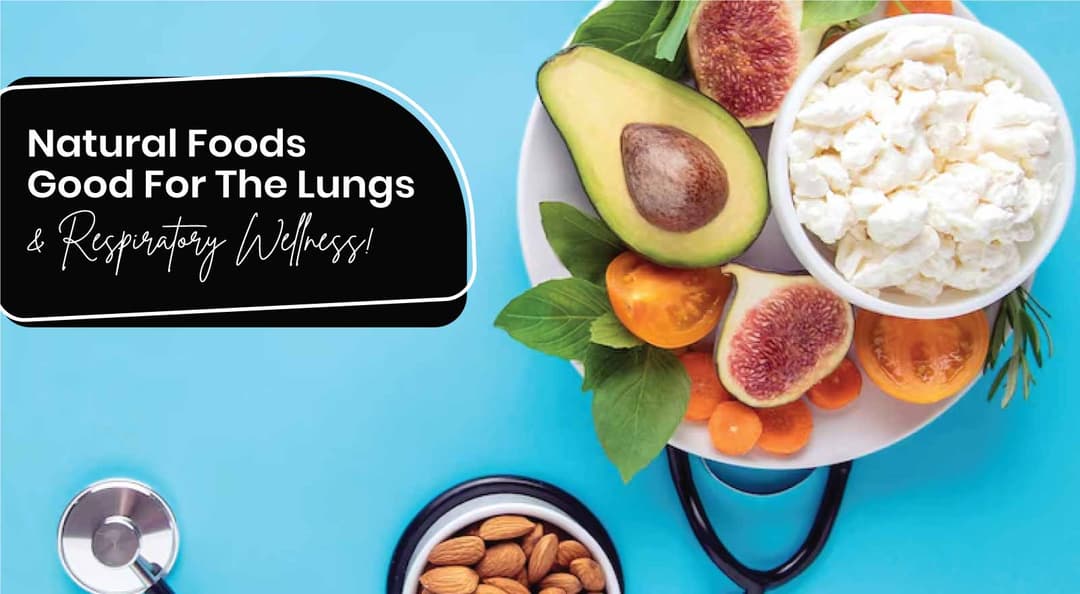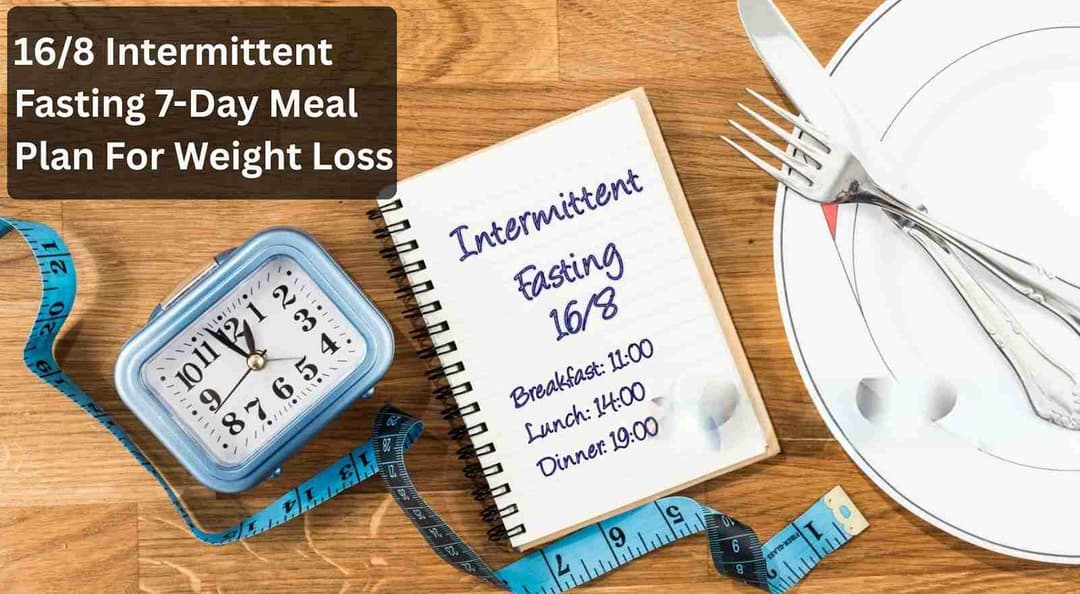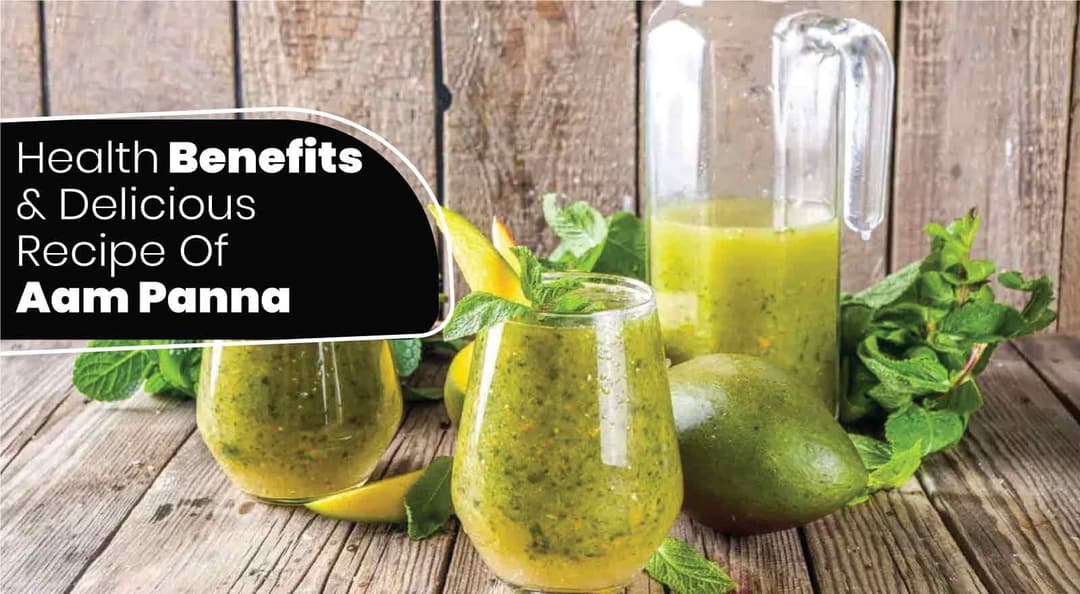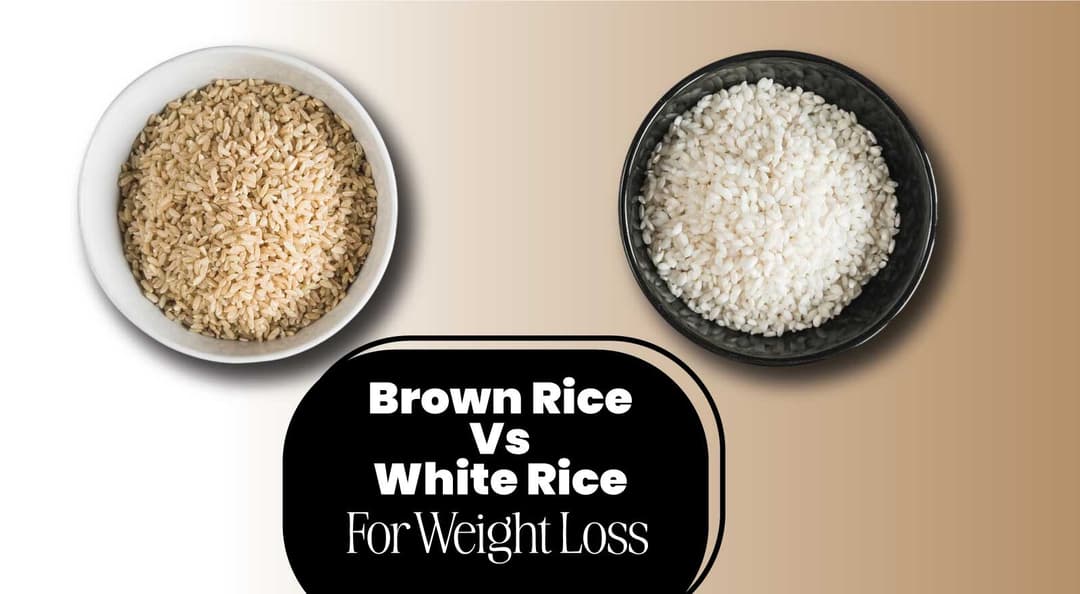Ever stared at a packet of rice, wondering whether to go with brown or white? With so much talk about healthy eating these days, it’s natural to question which type of rice actually fuels your body better. Like the brown rice vs white rice Nutrition debate. If you're trying to lose weight, manage diabetes, improve digestion, or simply eat cleaner, this choice can feel more confusing than it should be.
Brown rice often gets praised as the “healthier” option, while white rice is seen as the quick and easy comfort food—but what really separates them? This blog dives straight into the nutrition facts of brown rice vs white rice per 100g, so you can clearly see the difference in calories, fibre, protein, vitamins like B1 and B3, and minerals such as magnesium and phosphorus.
Whether you're building a balanced meal plan or just trying to make smarter swaps for your daily thali, this breakdown will help you decide what works best for your body and lifestyle. So let’s get started!
Table Of Contents
1. Is Brown Rice Actually Healthier Than White Rice?
2. Which Rice Is More Nutritious, White Or Brown? 7 Nutritional Comparison
3. Brown Rice VS White Rice Nutrition Per 100g
4. Expert’s Advice
5. The Final Say
6. FAQs
7. References
Is Brown Rice Actually Healthier Than White Rice?
Yes! Brown rice is actually healthier than white rice for most dietary needs. But both are far more similar than you may expect; in fact, they are the same grain.
All kinds of whole grains, including rice, have three essential components: bran, germ, and endosperm. The bran is the edible kernel's outer skin and contains antioxidants, B vitamins, and fibre; the germ contains B vitamins, some protein, healthy fats, and minerals. And the endosperm contains mostly starchy carbohydrates, proteins, and trace amounts of vitamins and minerals.
However, colour isn't the only difference between the two. It also matters how they are processed. Let’s have a look at how they differ and why brown rice is a healthier choice:
1. Brown Rice Vs White Rice Grain Processing
Brown rice is a whole grain, meaning it keeps all three parts of the grain: the bran, germ, and endosperm. Brown rice exists in different colours, like black, purple, and the usual brown. Meanwhile, white rice is brown rice that has been processed to remove the bran and germ, leaving only the endosperm. Still, both are healthier food swaps.
This processing also removes some nutrients, which is why white rice is often labelled as "enriched" with added vitamins. Because of these processing differences, white rice cooks faster than brown rice, which has more layers and fibre.
2. Brown Rice Vs White Rice Glycemic Index
The glycemic index (GI) measures how quickly foods high in carbohydrates raise blood sugar. Brown rice, with its higher mineral and fibre content, has a lower GI compared to white rice. This means that blood sugar levels increase slowly and consistently after eating brown rice; you can cross-check with blood sugar charts by age and gender.
In contrast, white rice, being more processed, has a higher GI, leading to a rapid spike in blood sugar after it's eaten. This can be a concern for individuals with diabetes or those trying to manage their blood sugar.
3. Brown Rice Vs White Rice For Health Conditions
Brown rice has more nutrients than white rice. While both can fit into a healthy diet, brown rice generally offers more benefits. However, for people with certain digestive issues like inflammatory bowel disease (IBD), Crohn's disease, or ulcerative colitis, foods with less fibre and residue are recommended. In these specific cases, white rice might be the better choice.
Try ToneOp Care's Gastro Health Care Combo that offers a proven solution to help you manage digestive issues like indigestion, constipation, bloating, and acidity symptoms and improve your digestive health. This combo can improve food absorption, support IBS management, enhance metabolism, and liver function. Try it for 60 days and experience its positive impact on your digestive wellness.
Key Takeaway!
Generally, for most people, complex carbohydrates like brown rice are a healthier choice. This is because they contain lots of minerals and fibre, and they don't cause blood sugar to rise as quickly. Studies indicate that swapping white rice for brown rice in your diet could help lower the chance of getting Type 2 diabetes, support a healthy weight, and even improve blood sugar levels in people with metabolic syndrome and a higher body weight.
Also Read: Health Benefits & Side Effects Of Eating Puffed Rice
Which Rice Is More Nutritious, White Or Brown? 7 Nutritional Comparison
Let’s find out brown rice vs white rice nutritional differences:
1. Calories
When it comes to calories, the difference between brown rice and white rice is very small. A 100-gram portion of cooked brown rice has about 122 calories, while the same amount of cooked white rice contains around 129 calories. This means that if you're counting calories, both types are quite similar. However, the benefits of brown rice for weight loss tend to be more filling because of its fibre content, which may help control hunger better in the long run.
2. Protein
Both brown rice and white rice offer nearly the same low amount of protein. In 100 grams of cooked brown rice, there are about 2.73 grams of protein, while white rice has 2.67 grams. Neither of them is considered a rich source of protein, but they can still be part of a balanced meal when paired with beans, lentils, or vegetables that are high in protein.
3. Fat Content
Brown rice has slightly more fat than white rice, but it’s still a very low-fat food. The extra fat comes from the bran layer, which is not removed in brown rice. A 100-gram serving of brown rice contains 0.96 grams of fat, while white rice has only 0.28 grams. These are healthy fats in small amounts, and they help your body absorb vitamins better.
4. Carbohydrates
White rice contains more of the best complex carbs compared to brown rice. This is because brown rice still has its bran and germ, which slow down digestion and lower the carb count slightly. A 100-gram serving of brown rice has 25.45 grams of carbs, while white rice has about 27.99 grams. If you're watching your carb intake, brown rice may be a better choice for steadier energy release.
5. Fibre
Fibre is where brown rice clearly wins. Because the outer bran is kept intact, brown rice provides 1.6 grams of fibre per 100 grams, which helps in digestion and keeps you feeling full longer. On the other hand, white rice only offers 0.4 grams of fibre. For people trying to manage weight, blood sugar, or digestion, brown rice is a more helpful option.
Try ToneOp Care's Vitamin 360 Tablets for a comprehensive nutritional boost. These multivitamins, enriched with probiotics, offer a powerful combination to support your immune system, digestive health, heart function, and brain development. With 60 tablets in each pack, you can enjoy sustained benefits for a healthy foundation.
6. Sugar
Both brown and white rice are naturally low in sugar, making them safe for most people to enjoy in moderation. Cooked brown rice contains just 0.24 grams of sugar per 100 grams, while white rice has even less, only 0.05 grams. These low amounts mean that rice won’t spike your sugar levels like processed sweet foods can, but pairing with high-fibre or protein-rich foods is still smart.
7. Micronutrients
Brown rice has a clear nutritional edge when it comes to vitamins and minerals. It has the bran and germ layers, which are packed with nutrients. Compared to white rice, brown rice contains 140% more magnesium, 104% more niacin, 102% more vitamin B6, and 97% more phosphorus. It also has higher levels of iron, zinc, folate, and riboflavin.
White rice loses most of these nutrients during processing and is often sold in enriched forms to make up for the loss, but the natural richness of brown rice is still more beneficial overall.
Also Read: 10 Calorie-Heavy Indian Foods To Avoid For Weight Loss
Brown Rice Vs White Rice Nutrition Per 100g
Note the nutritional values of 100 g cooked brown rice and white rice for reference:
Components | Brown rice | White rice |
Calories | 111 kcal | 130 kcal |
Protein | 2.6 g | 2.7 g |
Fats | 0.9 g | 0.3 g |
Carbohydrates | 23.5 g | 28 g |
Dietary fibre | 1.8 g | 0.4 g |
Iron | 0.4 mg | 1.2 mg |
Potassium | 43 mg | 35 mg |
Vitamin B6 | 0.291 mg | 0.093 mg |
Also Read: 20 Weight Loss Fibre Foods And Their Benefits | ToneOp Fit
Expert’s Advice
I recommend including healthy grains in your diet, such as brown rice, is a good idea, but there is no reason to give up white rice entirely. Although brown rice offers more nutritional content, both brown and white rice can be consumed in moderation as part of a nutritious yet balanced diet and can be paired with other healthy items in your meals. Brown rice can be substituted in many recipes, including pulao, idli, dosa, appam, khichdi, and sweets like anarse, to create a healthier version of your favourite dishes.
Health Expert
Lavina Chauhan
The Final Say
So, when we look at how much good stuff is inside each, brown rice usually comes out ahead. It holds onto more of its natural vitamins, minerals, and fibre because it's less processed than white rice. While white rice can still be part of a healthy meal plan, brown rice offers a bit more nutritional value for most people. Choosing brown rice can give you more of the things your body needs, like fibre for good digestion and important minerals. So, if you're looking to get a little extra goodness from your rice, brown rice is often the better way to go.
FAQs
1. What is the healthiest rice to eat?
Brown rice is often seen as the healthiest rice. It keeps its outer layers, which have good stuff like fibre and vitamins. This makes it a bit better for you than white rice.
2. Which rice is best for weight loss?
Brown rice is usually better if you're trying to lose weight. It has more fibre, which helps you feel full for longer. This can stop you from eating too much overall.
3. What's the cooking time difference between brown and white rice?
Brown rice takes longer to cook than white rice. This is because it still has an outer layer that needs more time to get soft.
References
- https://continentalhospitals.com/blog/brown-rice-vs-white-rice-which-one-is-better/
- https://www.health.harvard.edu/nutrition/brown-rice-versus-white-rice-a-head-to-head-comparison#:~:text=Brown%20rice%2C%20which%20contains%20more,least%20until%20your%20symptoms%20improve
- https://www.goodrx.com/well-being/diet-nutrition/white-rice-or-brown-rice
- https://www.foodnetwork.com/healthyeats/healthy-tips/is-brown-rice-healthier-than-white-rice
- https://www.novanthealth.org/healthy-headlines/is-brown-rice-really-better-for-you-than-white
- https://kaynutrition.com/brown-rice-vs-white-rice-which-is-better/
- https://www.healthline.com/health/food-nutrition/brown-rice-vs-white-rice
About ToneOp Fit
ToneOp Fit is a platform dedicated to improving and maintaining good health through a comprehensive range of goal-oriented health plans with up to 3 Coach support. With a range of Weight Management, Medical Condition, Detox Plans, and Face Yoga Plans, the app also provides premium health trackers, recipes and health content. Get customised diet, fitness, naturopathy & yoga plans and transform with ToneOp.













